In this edition of VC Museum Visits, we tour the Museum-School of Portuguese Decorative Arts in Lisbon.
Located in the shadow of an ancient Moorish wall in the hillside district of Alfama, this exquisite museum is run by the Ricardo Espirito de Santo Silva Foundation.* It’s housed in the former palace of the Viscounts of Azurara, which the late Senhor Espirito do Santo Silva (1900-1955), a banker and lavish patron of the arts, purchased in 1947 specifically for the purpose of creating a museum. A lifelong admirer of Alfama, Lisbon’s most historic district, he was also keen to preserve the skills and traditions of the artisans who lived in the area, hence the inclusion of a school in the foundation.
I knew I was going to love it as soon as I saw what was in the vestibule.
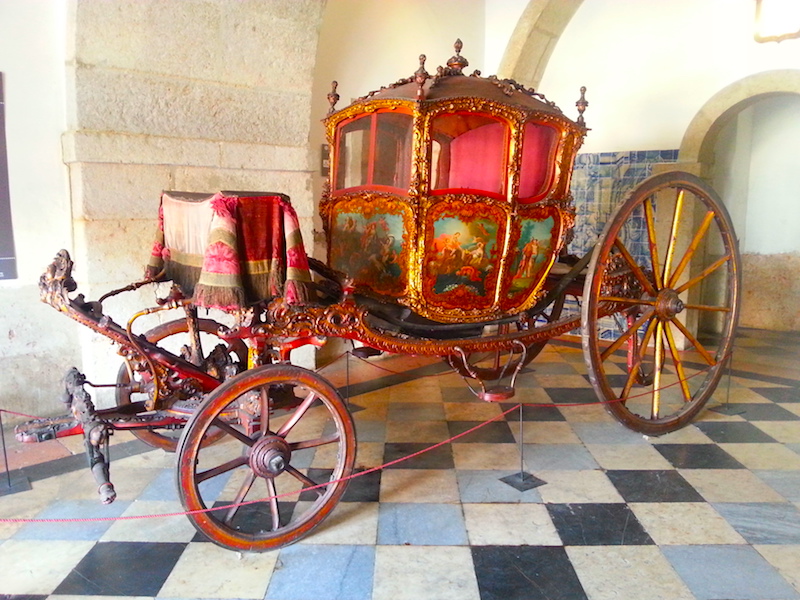
A Cinderella-like 18C carriage in the vestibule.
The museum’s collections are spread across 5 levels of the palace and are arranged into rooms by period. Rather than following the route prescribed by the museum, I think for the purposes of this tour we’ll go through the principal rooms in chronological order by period, which I hope will assist readers who are not familiar with the names and eras of Portuguese kings. I will also refer to the more familiar French art-historical periods for comparison.
Most of the museum’s collections are from the 18th century, but there are several rooms that contain 17th century pieces. The first is the main hall, which contains a large tapestry and a pair of monumental Chinese vases.
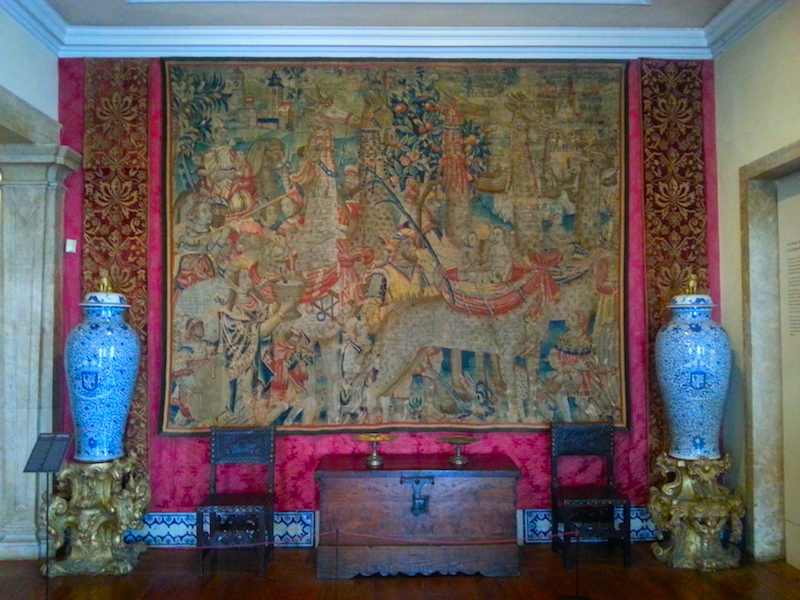
A 16C Franco-Flemish tapestry depicting exotic animals brought to Europe by the Portuguese.
There are also two 17C rooms on the 5th level. These consist of a bedroom and dining room.
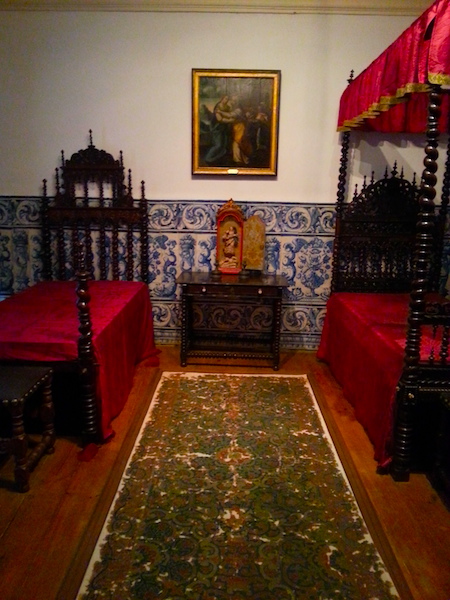
17C bedroom.
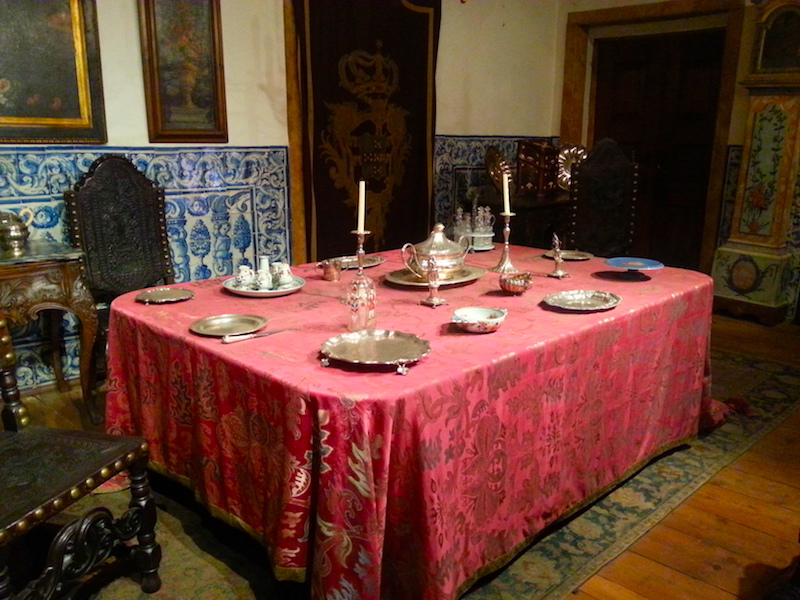
17C dining room.
The house of Braganza reclaimed Portugal’s independence from Spain in 1640 and established itself as the ruling dynasty. The resulting War of Restoration lasted for nearly 30 years, and several kings ruled in the later part of the century, hence art historians have not assigned any of their names to the period as a whole.
In contrast, only 3 sovereigns reigned between 1706 and 1816, thus making periodization straightforward.
We’ll begin with the Dom Joao V period (1706-1750), which spans the corresponding late Louis XIV, Regency, and early Louis XV periods in France. The museum’s Dom Joao V room is dedicated to this era. The honorific ‘Dom’, or ‘Lord’, is prefixed to royal names, by the way. The feminine form is ‘Dona.’
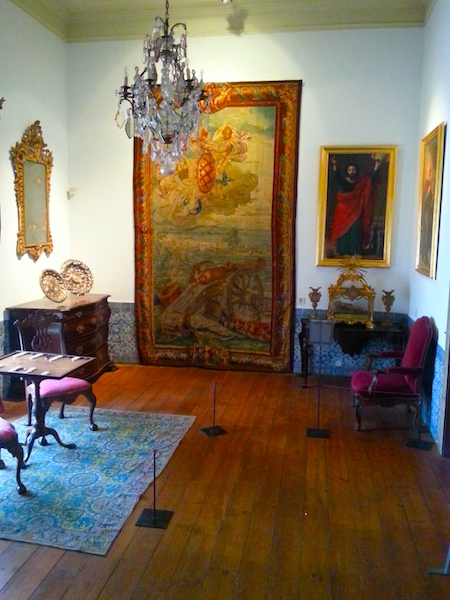
The Dom Joao V Room.
The nearby Cadaval Hall, named for the still extant ducal house of Cadaval, also contains numerous pieces of the Dom Joao V period. The museum catalogue doesn’t explain the origin of the name, but perhaps the Cadaval family donated some of the pieces.
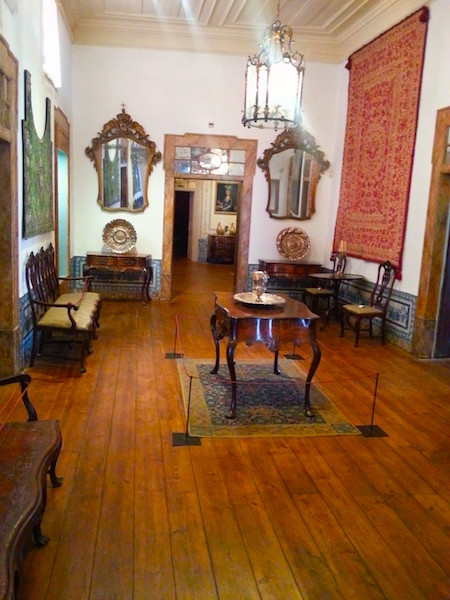
The Cadaval Hall.
Dom Joao V is sometimes called by his epithet The Magnanimous, which he could afford to be — it was during his reign that rivers of Brazilian gold started to flow into the royal treasury.
His successor, Dom Jose, who reigned from 1750 to 1777, had the misfortune to be on the throne when the great Lisbon earthquake of 1755 occurred. For years afterward he refused to live in a stone building, preferring to live in the Real Barraca, a vast complex of wooden pavilions and tents. His reign was dominated by his great reforming minister Pombal, to whom we owe the elegant grid of Lisbon’s Baixa district. Dom Jose’s reign corresponds closely to the later part of the Louis XV period, with a similar turn towards neo-classicism beginning in the 1760s.
The museum has a bedroom dedicated to this period.
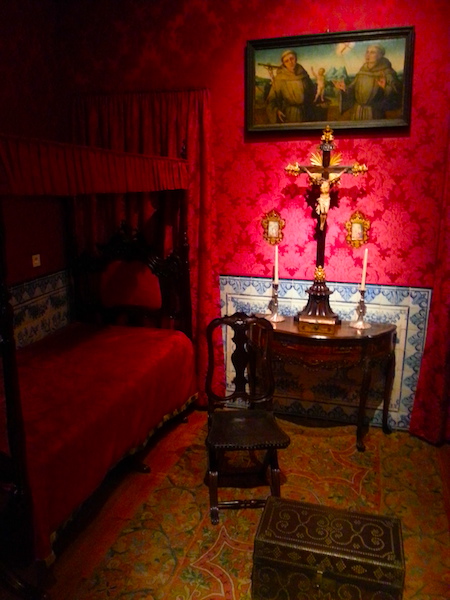
The Dom Jose Bedroom.
It also features a large drawing room in the Dom Jose style.
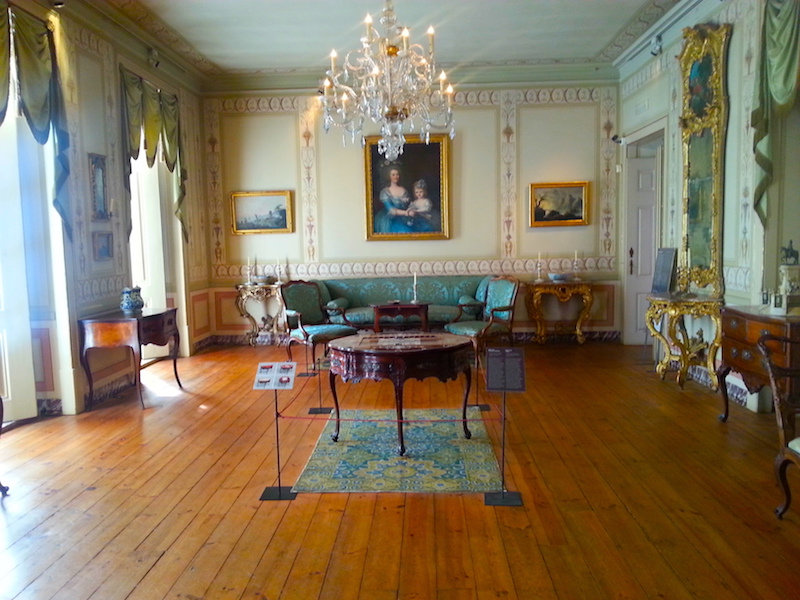
The Dom Jose Room.
Note the neo-classical decoration of the walls, which foreshadows the following period, that of Dona Maria I. The daughter of Dom Jose, she was Portugal’s first queen regnant, reigning from 1777 to 1816. Sadly, she was afflicted with extreme religious melancholia and eventually became unable to govern, which is why she is also known as Maria a Loca, or Maria the Mad. The later part of her reign played out under the regency of her son, the future Dom Joao VI, who moved the court to Rio de Janeiro to escape from Napoleon. Her reign corresponds to the Louis XVI and Directoire periods in France. The Empire style never really happened in Portugal, not least because the country was devastated by the Napoleonic invasion.
The museum features a beautiful drawing room of the Dona Maria I period.
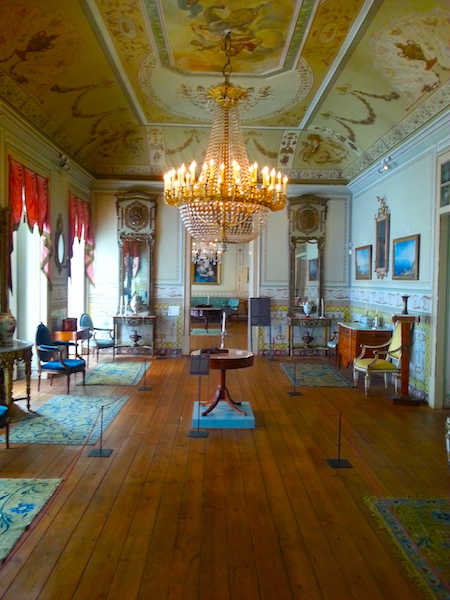
The Dona Maria I room.
The adjoining hexagonal Music room is also in the Dona Maria I style.
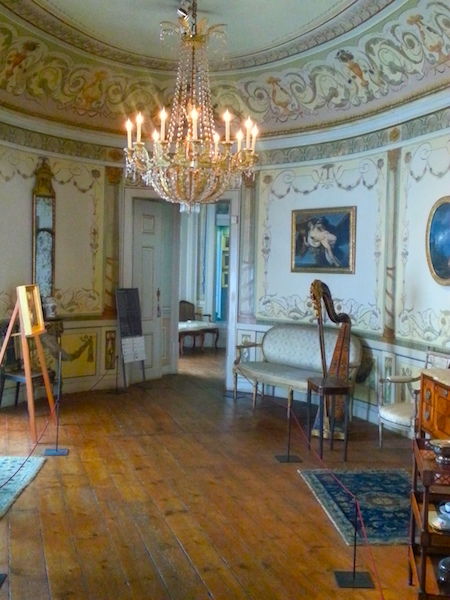
The Music Room.
To assist visitors and students in distinguishing the evolution of all these styles, the museum has arranged a helpful chair gallery.
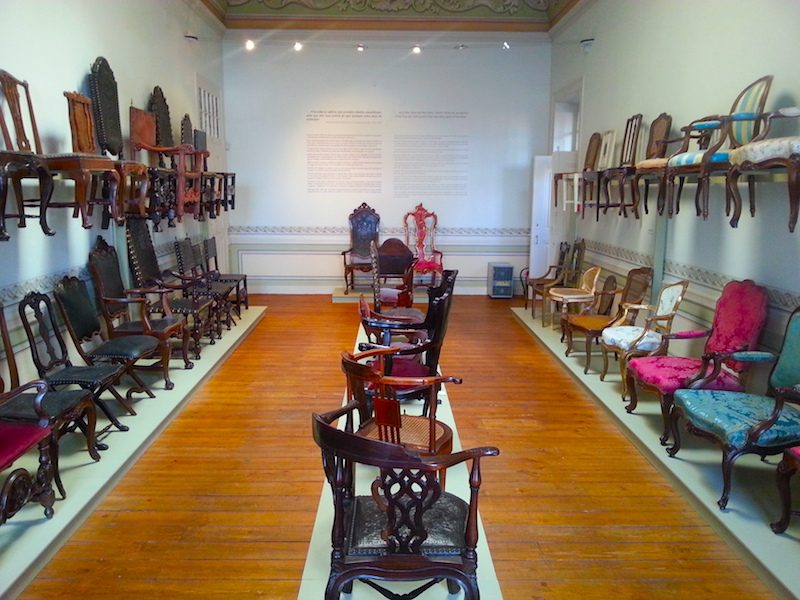
The Chair Gallery.
Here you can really get to grips with the details of each style and the influences from other countries, principally France, but also Britain.
If you need a break, there is also a lovely courtyard cafe.
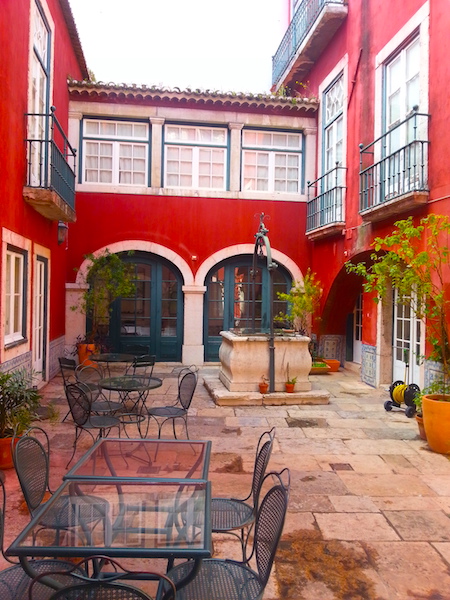
The cafe in the courtyard.
It looks rather bare, but that’s because I snapped this photo near closing time when everything had been cleared away.
I hope you found this tour of the Museum-School of Portuguese Decorative Arts interesting and informative. Which room or style was your favourite? Please comment to let me know.
In future posts, I’ll break down the collections with in-depth features on each of the main rooms.
* If you read Portuguese, check out the foundation’s website here: http://www.fress.pt







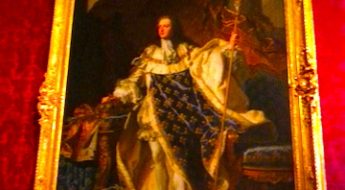
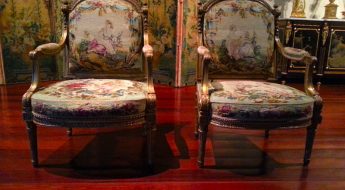
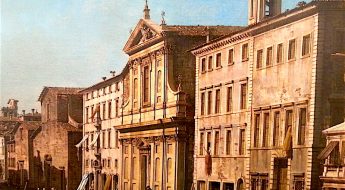








Leave a Comment